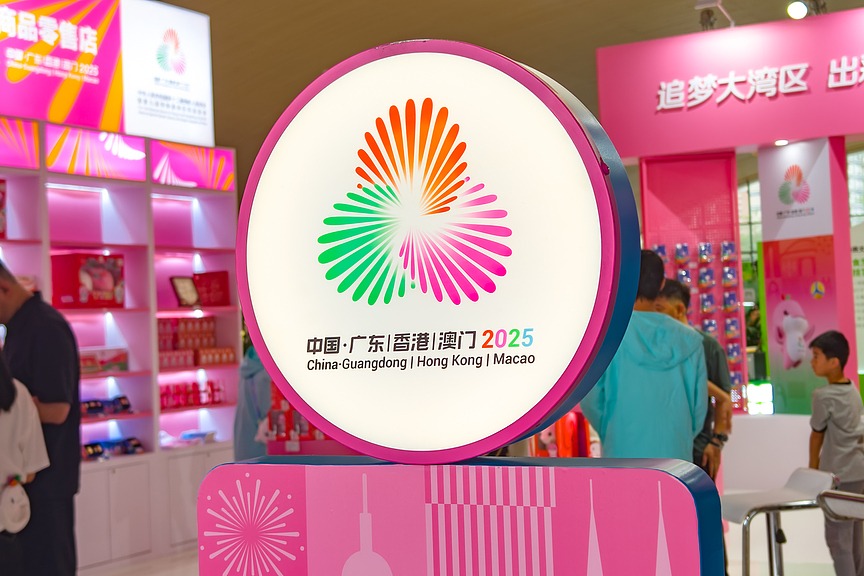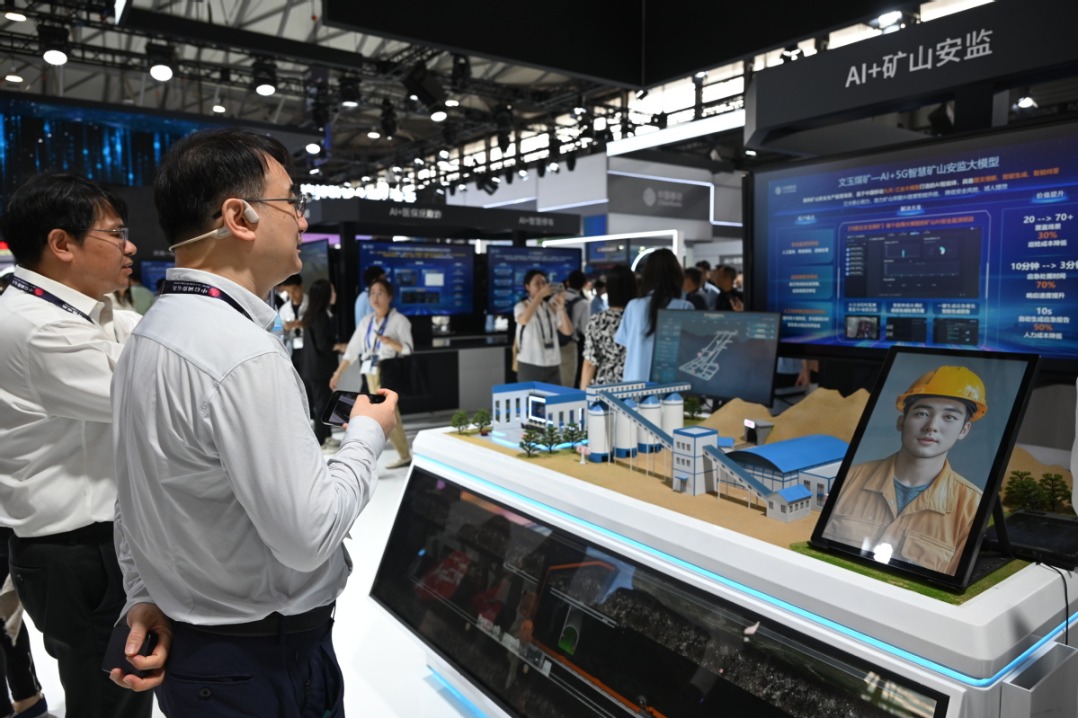Trump takes the wrong road to IP war

As Lighthizer initiated the investigation, he seized the notorious Section 301 of the US Trade Act of 1974, which in the 1980s was used against Japan, and which Japan and the European Union regarded as a violation of World Trade Organization rules. Instead of free trade, it represents "aggressive unilateralism" and authorizes retaliatory tariffs.
Lighthizer draws from the highly partisan US Commission on the Theft of American Intellectual Property, which was mobilized in the early 2010s amid the rise of China's indigenous innovation and foreign investment.
Using contested estimates, the commission assumes IP theft could be between $225 billion and $600 billion a year in counterfeit goods, pirated software and theft of trade secrets. As a result, it advocates more aggressive policy enforcement "to protect American IP".
Essentially, the US' IP narrative claims the Chinese government forces US companies to relinquish its IP to China. The narrative is consistent with Trump's "America First" policy and it has been quoted uncritically by the media but it is deeply flawed.
While foreign companies in China are often warned not to part with "too much" in technology transfer and IP deals, they are not forced by the Chinese government or other interested parties into those deals.
Moreover, in contested legal cases, the Chinese government has often supported foreign companies. As The Wall Street Journal reported last year, when foreign companies sue in Chinese courts, they typically win. From 2006 to 2014, foreign plaintiffs won more than 80 percent of their patent-infringement suits against Chinese companies, virtually the same rate as domestic plaintiffs.
For years, foreign multinationals have effectively exchanged their technology expertise for market share in China. The rush of IP companies to China intensified a decade ago amid the global crisis, when the Silicon Valley giant Intel opened a $2.5 billion wafer fabrication foundry in Dalian, Northeast China's Liaoning province. As advanced economies struggled with stagnation, China continued to grow vigorously. So the bet proved very lucrative.































